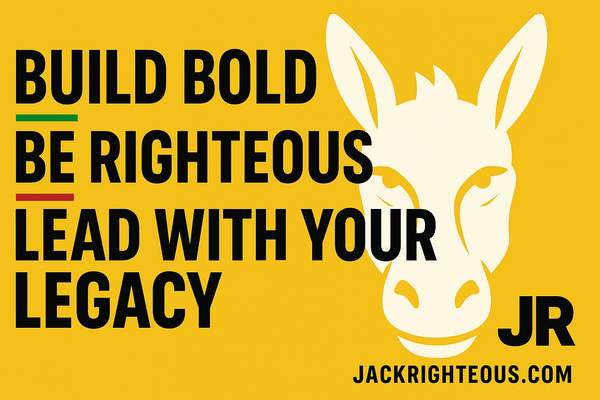Y.M.C.A.: The Disco Hit’s History, Impact, and Music Tips
Gary Whittaker
Y.M.C.A.: The Full Story and How to Write a Song Like It
The YMCA: Where It All Started
The YMCA (Young Men’s Christian Association) was founded on June 6, 1844, in London, England, by George Williams. During the Industrial Revolution, cities were harsh environments for young men, with long workdays, poor living conditions, and easy access to vices like alcohol and gambling. Williams envisioned a supportive, moral space where young men could grow spiritually and socially.
Originally focused on Bible study and prayer, the YMCA quickly expanded to include activities that promoted the “spirit, mind, and body” ethos. By 1851, it had spread to North America, and by the 1970s, it was a global movement with programs like fitness classes, vocational training, and youth development. This broad mission made the YMCA an ideal subject for a song celebrating community and personal growth.
How the Village People Created "Y.M.C.A."
Released in 1978 on the album Cruisin’, "Y.M.C.A." was created by Jacques Morali, Henri Belolo, and Victor Willis. Jacques Morali, a French producer, conceived the Village People as a colorful, diverse group representing masculine archetypes. Their playful personas and celebratory music became a hallmark of the disco era.
Victor Willis, the group’s lead singer and lyricist, brought humor and relatability to the song. The lyrics spotlight the YMCA as a welcoming space where individuals can enjoy themselves, make friends, and feel a sense of community. While fans later associated the song with LGBTQ+ culture, Willis has maintained that the lyrics were designed to be open-ended and lighthearted.
Why "Y.M.C.A." Became a Cultural Phenomenon
The song became an anthem for multiple communities, from disco lovers to the LGBTQ+ movement, and later, even political campaigns. Its catchy chorus and iconic dance moves made it a universal hit, selling over 12 million copies worldwide and streaming millions of times on platforms like Spotify.
LGBTQ+ Legacy
Though not explicitly written as a gay anthem, "Y.M.C.A." resonated with LGBTQ+ audiences for its campy style and celebration of self-expression. By the 1980s, it was a Pride Parade staple and a joyful symbol of community and acceptance.
Political Use
During Donald Trump’s 2016 and 2020 campaigns, "Y.M.C.A." was prominently used at rallies. Despite mixed reactions from fans and the LGBTQ+ community, Victor Willis allowed its use, recognizing the exposure it brought to the Village People’s catalog.
Step-by-Step Guide to Writing a Song Like "Y.M.C.A."
If you want to capture the magic of "Y.M.C.A." in your own song, here’s an in-depth breakdown of its structure, style, and production elements.
1. Lyric Structure
- Theme: Choose a unifying location or community (e.g., a park, a school, or a club) that evokes joy and togetherness.
-
Verses: Use specific activities or experiences tied to the theme. For example:
- Syllable Count: 8–12 syllables per line for even flow.
- Rhyme Pattern: ABAB or AABB for simplicity and catchiness.
-
Chorus:
- Syllable Count: 8–10 syllables per line, with heavy repetition.
- Hook: Spell out or emphasize a key word (e.g., “Y-M-C-A”).
- Energy: Keep it uplifting and easy to sing along with.
- Bridge: Introduce a contrasting section (different melody or tempo) to keep the listener engaged.
2. Music Composition
- Key: Use a major key, such as F-sharp major, for a bright, uplifting feel.
- Tempo: Stick to 120–130 BPM to maintain a danceable groove.
-
Instrumentation:
- Brass: Trumpets and trombones for a bold, melodic line.
- Bassline: Funky and rhythmic, driving the song forward.
- Drums: Disco-style beats with hi-hats and claps for energy.
- Synths or Strings: Add depth and a touch of nostalgia.
-
Arrangement:
- Intro: Start with an instrumental hook to grab attention.
- Verses and Chorus: Alternate for balance and structure.
- Bridge: Add a key change or dynamic shift before the final chorus.
- Outro: End with a repeated chorus for a climactic finish.
3. Production Tips
- Focus on clear, powerful vocals—make the lyrics easy to understand and sing along to.
- Mix brass and bass prominently to highlight the disco vibe.
- Use reverb and slight echo on vocals and instruments to create a big, energetic sound.
The Timeless Power of "Y.M.C.A."
Decades later, "Y.M.C.A." remains a symbol of joy, inclusion, and connection. Whether you’re recreating its magic or dancing along, it’s proof of how music can bring people together.
If you're inspired by the disco anthem "Y.M.C.A." and want to learn how to adapt its structure into new themes, check out this detailed guide. It includes step-by-step instructions for recreating its iconic energy and a practical case study for the anthem "M-A-G-A." Whether you're a music enthusiast or an AI creator, this guide has everything you need to create your own anthems!
Additionally, explore Gary Whittaker's books for deeper insights into AI music creation. His book From Text to Track: The Complete Guide to Creating, Monetizing, and Sustaining Your AI Music Career is available in paperback, hardcover, and Kindle on Amazon. Don’t miss out on his upcoming release, Suno AI V4 Mastery: Ignite Your Musical Creativity, currently available for pre-order.
